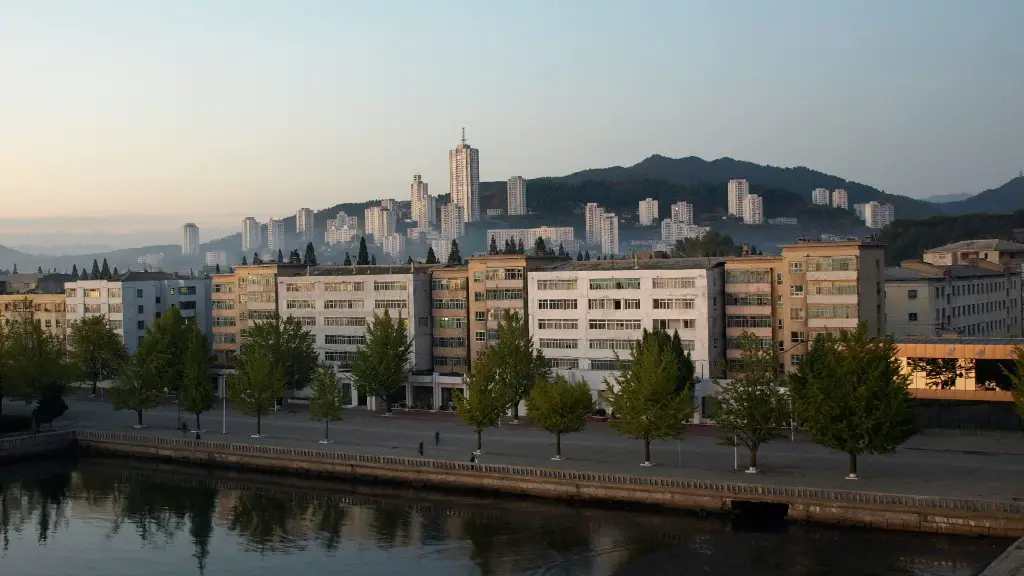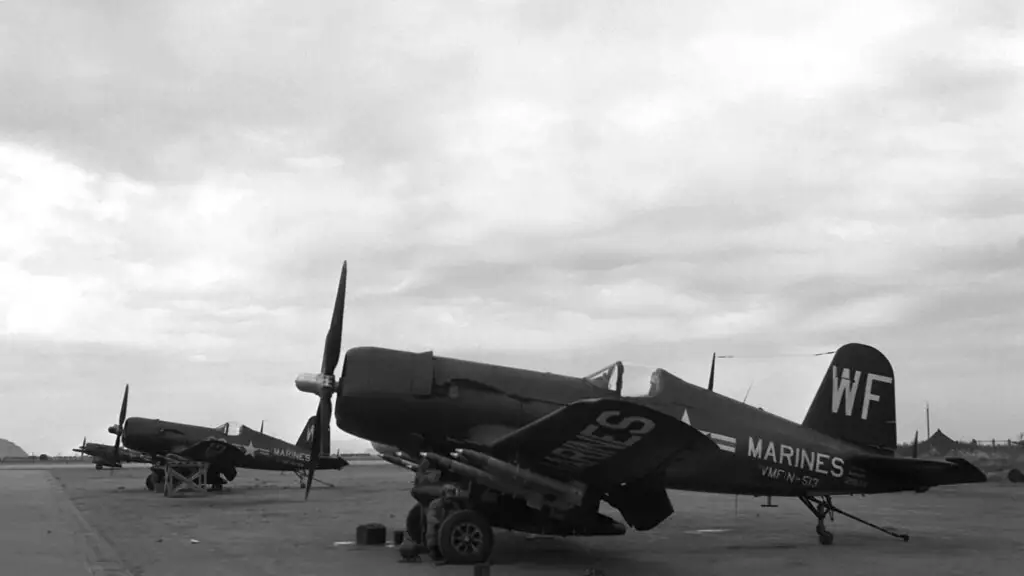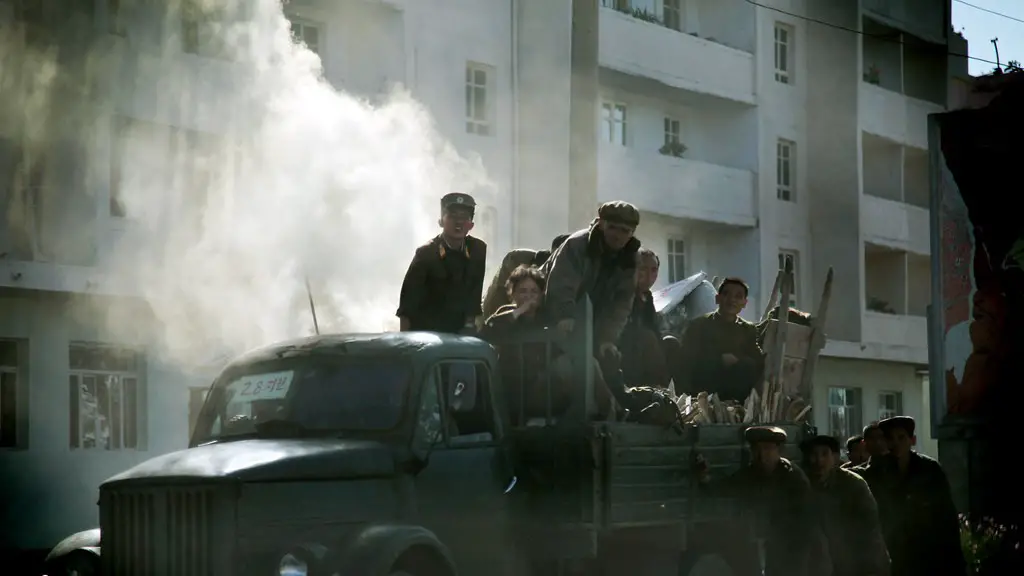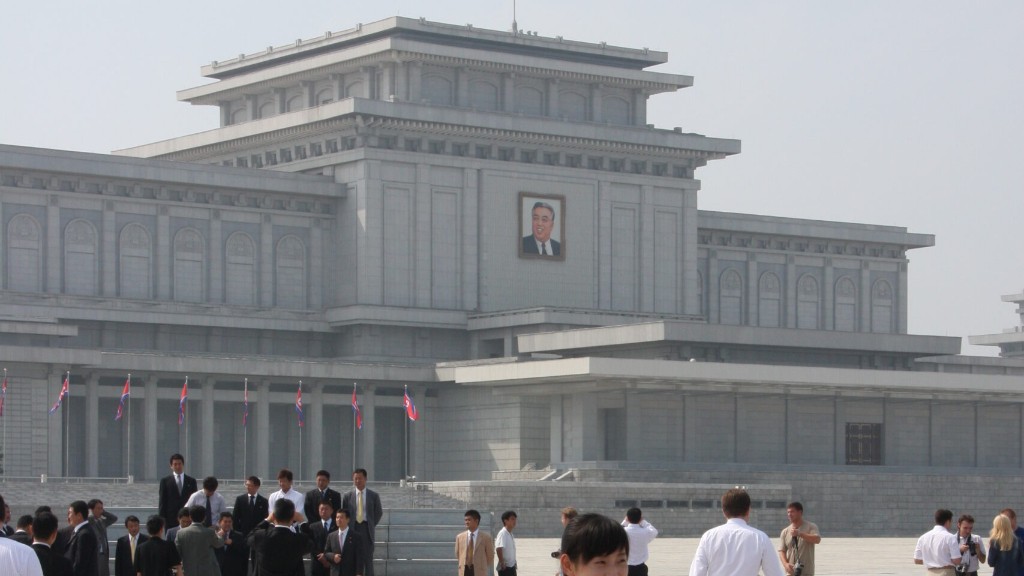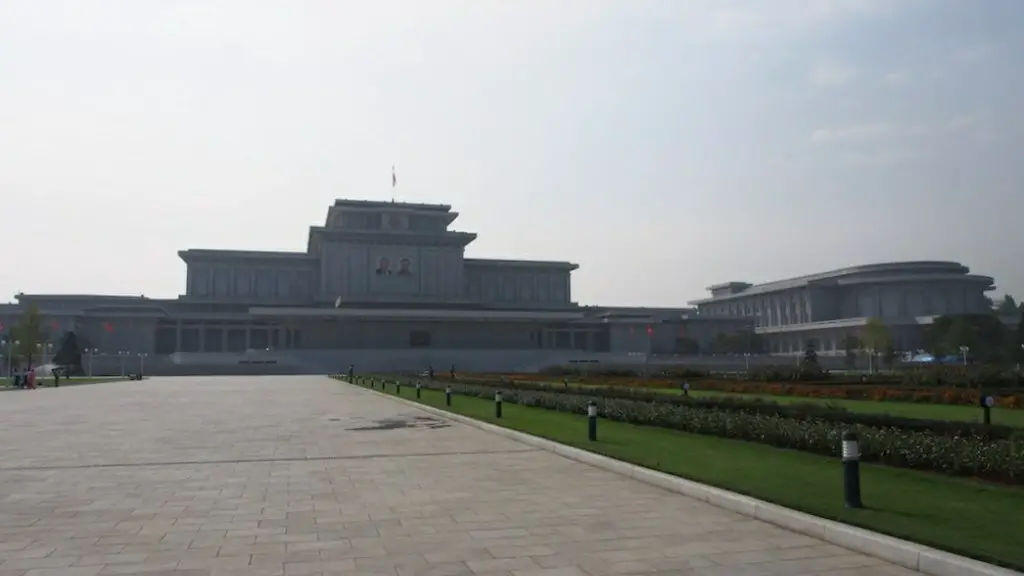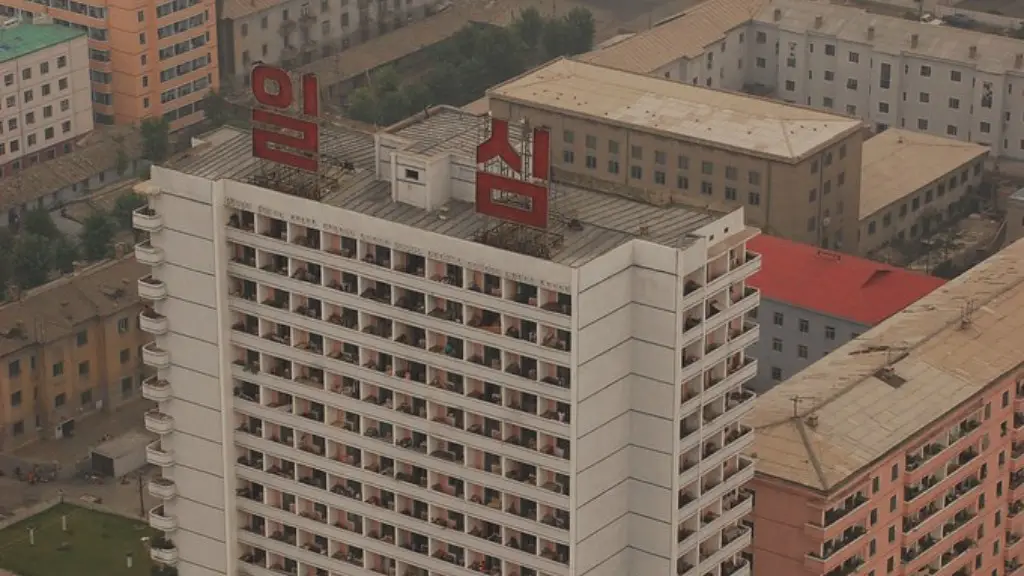Conflict between the United States and North Korea has been brewing for decades and is likely to come to a violent head point soon. Such potential conflict is alarming given the state of both militaries, the devastating weapons they have at their disposal, and the presence of nuclear arsenals in the region. Many experts have concluded that any US-led war with North Korea could have catastrophic consequences far beyond the Korean peninsula.
The stakes are particularly high as North Korea have moved rapidly in their pursuit of nuclear capabilities and full-scale war and conflict could ensue if they successfully create nuclear-capable intercontinental ballistic missiles.
Any war with North Korea would likely begin from a surprise attack from either the US or South Korea. This would kick off a barrage of retaliatory strikes from both sides, with the United States’s far more advanced and powerful military capabilities putting the North Koreans at a disadvantage.
Such a military conflict would see North Korea’s aging conventional military assets being overwhelmed by the US’s modern network-centric warfare strategy. The US would be able to survey the entire theatre of operations from the sky, making it difficult for North Korea to conceal its actions and movements, consequently allowing the US to maintain a tactical advantage.
Further, with the US’s extensive supply of cruise missiles at its disposal, it will be able to bomb, sabotage and destroy North Korean targets with relative impunity. These targets, including dikes, nuclear reactors, and North Korean military facilities, will be the focus of strikes, as they are considered immediate threats to world peace.
Meanwhile, North Korea is reportedly bolstering its arsenal of up to 60 nuclear weapons and is training its troops to use chemical weapons should a conflict arise. The US government has responded to North Korea’s threats by placing its air defence systems in South Korea and Japan and deploying its strategic aircrafts for surveillance and deterrence.
Notwithstanding the US’s considerable military superiority, a war with North Korea will certainly not be easy. North Korea has a history of asymmetrical warfare, and is likely to inflict significant damage to US forces, South Korea and its allies with such tactics.
The threat posed by North Korea is real, but this does not mean that a war is inevitable. Both sides have an interest in avoiding a conflict and are thus engaging in diplomatic efforts to prevent one.
North Korean Nuclear Weapons
North Korea’s nuclear capabilities have been estimated by US intelligence agencies to consist of anywhere between 15 and 60 nuclear warheads, making it one of the world’s most advanced nuclear nations. Over the years, North Korean leaders have used their nuclear weapons as leverage to obtain concessions from the U.S. and its allies. They have already tested long-range ballistic missiles that could target the US mainland if operationalised.
Surrounded by numerous US military installations, North Korea’s ability to strike both Japan and South Korea with devastating accuracy means that any nuclear exchange with the US is not something North Korea would take lightly. North Korean leader Kim Jong Un is fully aware of the potential devastation of a regional conflict and won’t likely take the risk of launching a nuclear attack without provocation.
It is therefore of utmost importance for the US and its allies to take the necessary measures to reduce the risk of miscalculations and misunderstandings which could lead to a full-scale war. This includes working with China in order to persuade North Korea to make meaningful and lasting changes to its foreign policy.
Preparations for War
Although there are multiple layers to preventing a war with North Korea, both the US and South Korea are preparing for the possibility of conflict. In recent years, the US has been modernising its military capabilities in order to deter North Korea and protect the South against any possible aggression. This includes the deployment of Terminal High Altitude Area Defense (THAAD) missile defence systems in both South Korea and Japan.
In addition, both the US and South Korea have been engaged in large-scale joint military exercises. These exercises, which involve thousands of US and South Korean soldiers, have been labeled as “provocations” by North Korea and are likely to cause greater tension between the two countries. However, such exercises, as well as ongoing diplomatic efforts, demonstrate that neither side is yet willing to abandon negotiations and enter into a full-scale war.
Economic Sanctions
The US and its allies have been using economic sanctions against North Korea in a bid to pressure the regime into cooperation. According to international agreements, these sanctions are intended to restrict North Korea’s access to international markets and financial resources. The idea is to cripple North Korea’s economy, thus weakening its ability to develop nuclear weapons and other WMDs.
While economic sanctions have thus far been largely successful in limiting North Korea’s ability to finance and support its military activities, there is no guarantee that these measures will prevent a war. In the end, the only measure that can guarantee an effective solution is dialogue.
Negotiations for Peace
Recent diplomatic negotiations involving the US, North Korea, South Korea and China have been offering small glimpses of hope that a war may yet be averted. Although North Korea has not yet indicated that it is willing to fully denuclearize, the talks are seen as a step in the right direction. It is also important to note that the talks have been held without any preconditions, indicating the willingness of the countries involved to make compromises.
Nevertheless, substantial progress has yet to be achieved in the talks and the risk of war remains high. It is therefore essential that both North Korea and the US work towards a compromise that will ensure the peace and stability of the region.
Regional Implications of a War
Although the US and its allies have long been committed to the denuclearization of the Korean peninsula, the prospect of a full-scale war is still very real. Even though it is not certain how war would unfold should it indeed begin, it is certain that it would have devastating consequences for all countries involved.
As such, the conflict could lead to a massive disruption of the global economy, the proliferation of weapons of mass destruction, and a full-scale humanitarian crisis. In addition, China is likely to enter the fray in order to protect its own strategic interests, further complicating the situation. The potential conflict is thus an important matter of global security and must be addressed with the utmost urgency.
The Human Cost
The US and its allies have managed to maintain the peace on the Korean peninsula since the signing of the armistice agreement in 1953. However, millions of people will be threatened should a war erupt between the US and North Korea. In particular, the people of North Korea – who are already struggling under the oppressive and brutal rule of the Kim family – could suffer immense hardship and displacement.
Therefore, the US, together with China and the other involved countries, must do everything in their power to ensure a negotiated solution and prevent a conflict from escalating into a full-scale war.
Conclusion
The United States is attempting to dissuade North Korea from continuing its pursuit of nuclear armament and regional hegemony. To do this, the US has deployed military forces to the region, placed economic sanctions on North Korea, and engaged in diplomatic negotiations. These efforts demonstrate the commitment of the US and its allies to maintain the peace in the region and prevent a repeat of the Korean War.
However, there is still much work to be done if a war is to be avoided. The US and its allies must continue to work towards a negotiated solution that will ensure the security and stability of the region and protect the people of North Korea from suffering further under the oppressive rule of the Kim family.
